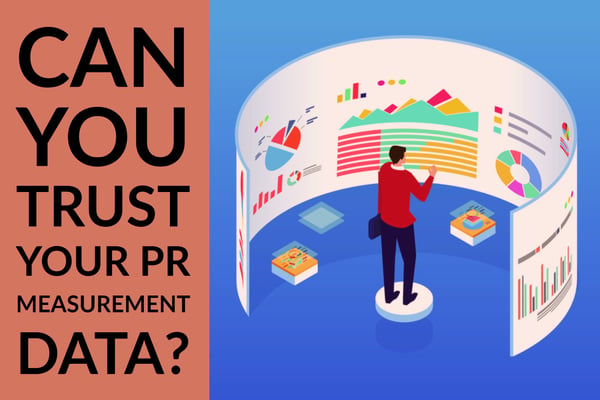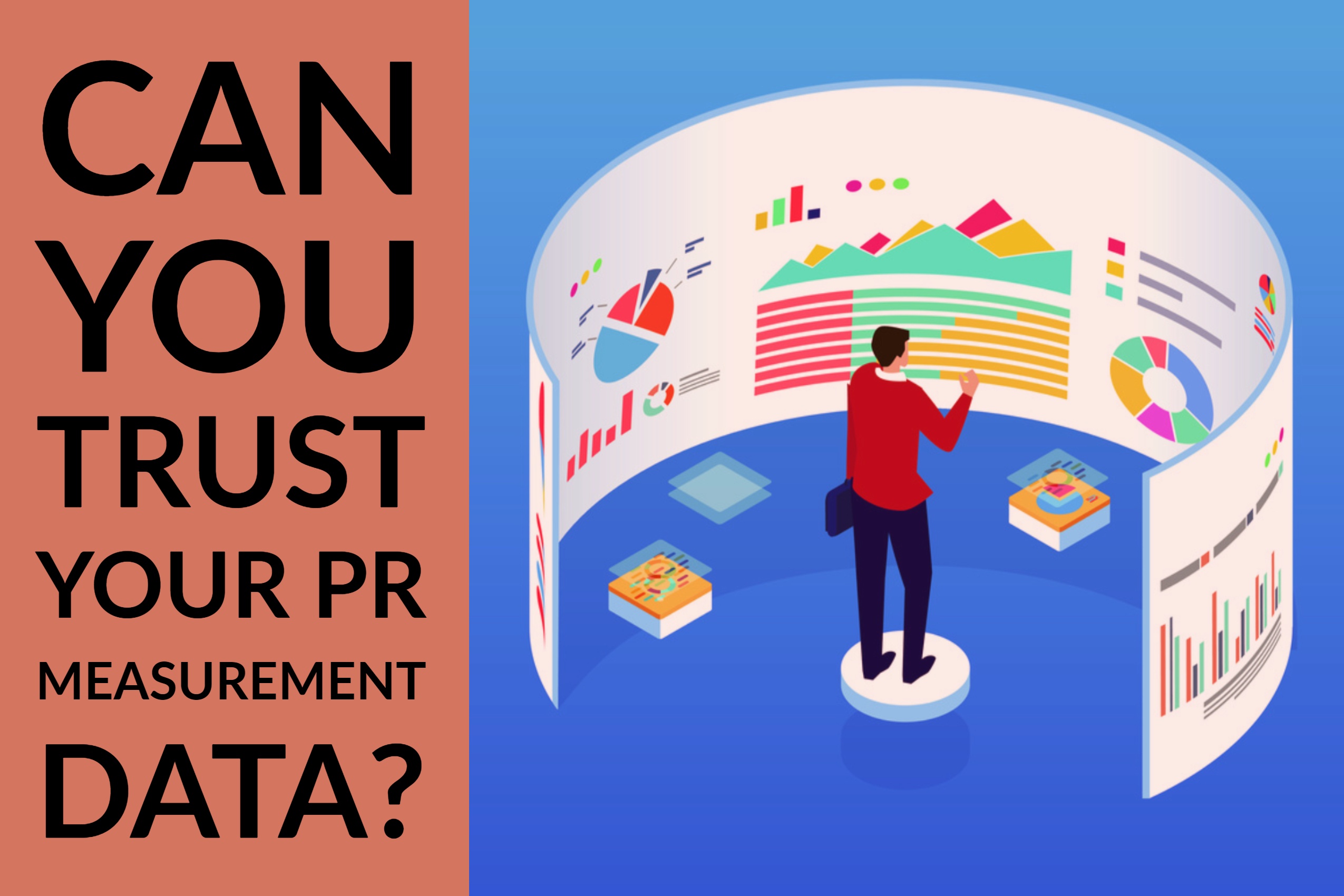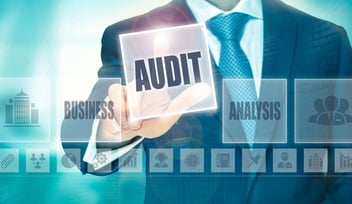Media Audit: Can You Trust Your PR Measurement Data?

Is bad data distorting your PR measurement results? Most PR pros answer with a resounding “YES!” when asked this question.
Half of corporate and agency PR teams rely on an automated monitoring solution to save time and money while capturing coverage information. However, missing data, false positives, irrelevant coverage and the need to constantly make manual adjustments are some of the many frustrations PR professionals are faced with when using automated monitoring.
These all cause flawed data and can lead to inaccurate analytics – something PR teams simply can’t afford when evaluating results to make important strategy decisions. If you are considering automated monitoring – or you’re currently using it to track coverage – don’t settle for disappointment by accepting erroneous monitoring results. There are ways to get reliable results that will help you accurately assess your PR program. Here are four strategies for getting the most out of your monitoring and PR measurement:
1. Spend time evaluating solutions
There are numerous monitoring and measurement solutions available on the market today. Research your options and choose a solution that has a reputation for providing accurate data and analytics.
You should also have a good understanding of the type of coverage you expect to see as a result of your PR efforts. Each solution offers different options for capturing data, so you’ll want one that fits your specific coverage.
For example, if your coverage will be mainly in regional or local printed publications then you will need a solution that monitors more than just online news. This simple scenario may seem like an obvious example, but a missed coverage is often due to relying on a monitoring solution that isn’t well-matched with the type of coverage it is supposed to capture. This is especially true for PR teams with mainly niche or hard to track coverage.
2. Understand the technology
When you understand what automated monitoring solutions are (and are not) capable of doing, you can have more realistic expectations of the results you will see and also take actions to get the best possible results.
It is important to know that there are limitations to what automated solutions can do. For example, 100 percent completely automated tagging, toning and extracting data from coverage simply doesn’t work – at least not yet. So, know what you should and shouldn’t expect.
If you have questions about what a monitoring solution can do, ask before you commit to that solution. Compare fully automated media monitoring PR coverage pulls and analytics against people-powered reporting for a month or two to ensure you know what gaps you need to fill with a real person.
3. Budget time and resources to oversee quality checks
Once you know where the gaps are, you having a plan in place to correct errors and include absent coverage will help you feel more confident in your results. Don’t just set your key words and forget about monitoring. Dedicate time for quality checking and analyzing your data.
If your team doesn’t have time available to do this work, set aside budget to hire it done. In some cases, that may be an internal person. But, often, it’s best to rely on an agency partner to fill this need. It’s worth an added expense to do measurement and reporting right. You’ll end up with more accurate and useful media analysis and reporting when you do.
(See How Media Audits Can Lead To Bigger PR, Marketing Budgets.)
4. Go beyond the raw data for a full media audit and analysis
Continually monitoring data is an important first step. But it is not the same as conducting an exhaustive media audit and analysis. A comprehensive media audit and analysis requires a human element, which can apply a SWOT approach to the data, and also incorporate human feedback from industry analysts and information on what the competition is doing.
Media audit data collection can include personal contact with media and industry players, document and review competitive messaging, and report on how marketing messages align with PR stories, provide context to the raw data. And a well-done audit will always include recommendations based on the findings, rather than simply dropping a report and charts of statistics in your lap for you to sort through and digest.
To fully benefit from PR measurement, you need to begin with reliable coverage data. It is essential for PR teams to understand that while there are benefits to automation, the technology isn’t perfect. Analytics based on faulty coverage won’t help your program. Failing to take steps to fill in the gaps that automation can’t cover means you won’t get the whole picture, and the time-saving or money-saving reasons for using automated monitoring in the first place will be lost. Monitoring coverage is the first step in analyzing program results, and the quality of that data matters.
Automated media monitoring and measurement solutions, alone, are not enough. Automation certainly helps. But, to get the right results, teams need to obtain correct data and then use it to measure and analyze their PR results. And, like it or not, that still requires a human element. So, look for an agency partner with a team member assigned to check the data quality delivered by any automated solution, correct errors and ensure accurate analysis and reporting. And then consider going deeper to put that reporting in context with a full media audit.
Learn more about the JONES approach to media, messaging and marketing audits in these resources:
-1.png?width=1652&height=294&name=Jones(RGB)-1.png)












